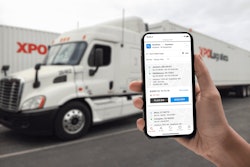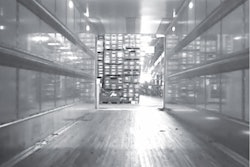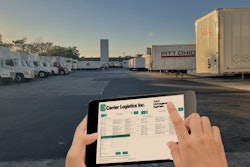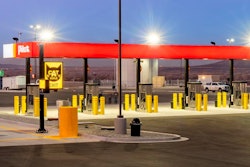Carriers have experienced a slight softening of the market as of late, but Cargo Transporters Chairman John Pope said capacity has remained tight for the most part post pandemic, resulting in increased dwell times.
Regardless of whether utilization is at its peak or in a dip, fleets are always wanting to improve their trailer utilization to boost their bottom lines, and with a slowdown of new trailer builds over the past year, maximizing use among existing trailers that may currently be in service beyond their typical trade cycle is key to keeping revenues up.
The number one way fleets can do that is to analyze idle times to keep trailers moving, said Debbie Sackman, senior product manager at SkyBitz, which provides cargo sensing and trailer tracking technology.
According to data from supply chain visibility platform FourKites, the monthly average facility dwell time as of October was 2.8 hours for both delivery and pickup stops made across its customer network. The data shows that there has been a slight uptick in dwell time for pickup stops over the past few months as average facility dwell times have increased by 7% since April.
SkyBitz monitored idle times of trailers belonging to six motor carriers of similar size – three using cargo sensors and three not.
“One of the things we've noticed when we help companies benchmark how they're doing in terms of their idle time and utilization time is we look at those idle times from comparable fleets that do have cargo sensors and don't have cargo sensors, and we help them see that there's actually quantitative proof that having cargo sensors and using that cargo sensor data proactively definitely reduces idle times,” Sackman said.
SkyBitz recently released its new Kuantum platform – a trailer tracking device that comes with a built-in cargo sensor to optimize trailer capacity and utilization by reducing unproductive trailer idle time, automating yard checks and other manual tasks, monitoring and verifying detention with arrival, load/unload and departure data, and decreasing reliance on customer notifications to schedule pickups.










